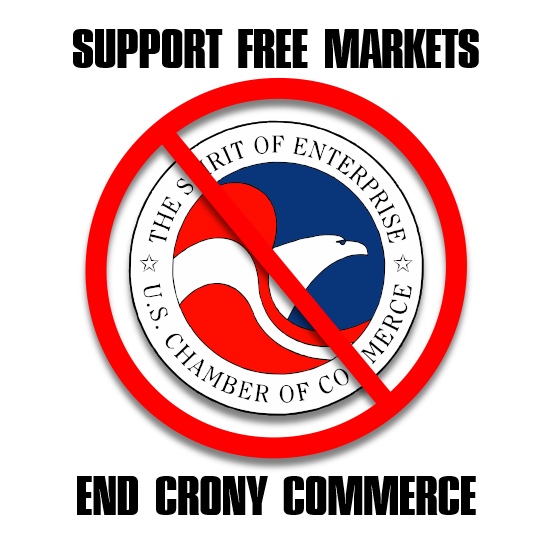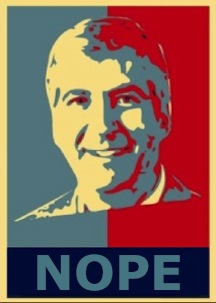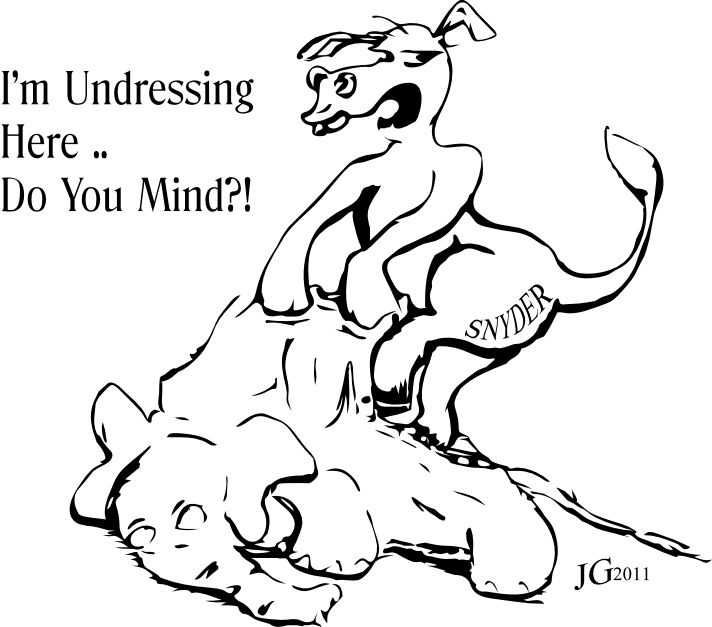
 |
NAVIGATION
|
NEWS TIPS!RightMichigan.com

Who are the NERD fund donors Mr Snyder?Tweets about "#RightMi, -YoungLibertyMI, -dennislennox,"

 |
The real story behind America's uninsuredBy Congressman Mike Rogers, Section News
 (Welcome back to RightMichigan, Congressman!) (Welcome back to RightMichigan, Congressman!)
The real story behind America's uninsured Health care reform is the subject of a great deal of discussion as Congress considers proposals that dramatically reshape health care in America. Unfortunately, Democrat leaders have decided not to work in a bipartisan way. Instead, they propose dismantling a system that works for 85 percent of Americans to address needs of the 15 percent without health insurance. They also propose giving government more control over our health care. We've seen the tragic results of government-run health care. For example, breast cancer survival rates in the United Kingdom are significantly lower than the United States because the UK rations care and denies access to treatments. What is the price tag on this massive government plan? According to estimates from the non-partisan Congressional Budget Office, it is more than $1 Trillion. And how will we pay for it? Proposals include: tax increases on small business owners, on private health plans, and even on things like soda pop. So, let's look at the uninsured and how their health care needs might be met without destroying a doctor-patient relationship and replacing it with government bureaucrats, Washington, D.C. mandates, and longer wait times for treatment. The U.S. Census Bureau estimates that last year 46 million people - about 15 percent of all Americans - went without health insurance for some period of time. This number is widely cited when describing our struggle to improve health care access and affordability, but here are some important facts about those without health coverage: (Continued below the break...)
a) The "healthy and able" are more than 17 million without health insurance who earn more than $50,000 per year and more than 9 million of them make more than $75,000. So, almost 40 percent of the uninsured population make substantially more than the U.S. median household income of $46,326, indicating that millions of the uninsured could afford some type of health insurance, but choose not to because they are healthy or choose to take the risk. Many of them are single, young professionals.
b) Those already eligible for government assistance, according to a study analyzing Census Bureau population data, include more than 11 million low-income uninsured individuals already eligible for a government program, primarily Medicaid or the State Children's Health Insurance Program (SCHIP). In fact, more than 75 percent of uninsured children are eligible for SCHIP, but have not been enrolled. c) Illegal immigrants? Believe it or not, according to the Census Bureau, an estimated 10 million people without health insurance are listed as "not citizens." That does not include legal immigrants, foreign-born or naturalized citizens. Simply put, more than 10 million people in the Census Bureau estimates are illegal immigrants. d) The temporarily uninsured - about 21 million - make up almost half of the uninsured, going without health coverage for less than four months, meaning many are transitioning between jobs. There are a number of great solutions that don't call for us to surrender our health and freedom to the federal government. Expanding state high-risk pools would cover more patients with complex and costly diseases, like diabetes or cancer. Allowing small businesses to band together to purchase insurance, just like corporations and unions can, would provide more workers with the coverage they need. Stopping insurance companies from denying people with pre-existing conditions will ensure families can get care when they need it. No one in America wants a family to go without life-saving health care treatments because they cannot afford a visit to the doctor, but slogans won't make that happen. "Universal health care" sounds nice on a bumper sticker, but we know America's problem with the uninsured is more complex than a bumper sticker. Congress must develop solutions for those individuals who are truly uninsured - those with no access and no means to obtain insurance - and make insurance more affordable and portable for everyone while finding innovative ways to connect eligible individuals with existing government health programs.
A one-size-fits-all government program is not the unique solution America needs.
The real story behind America's uninsured | 9 comments (9 topical, 0 hidden)
The real story behind America's uninsured | 9 comments (9 topical, 0 hidden)
|